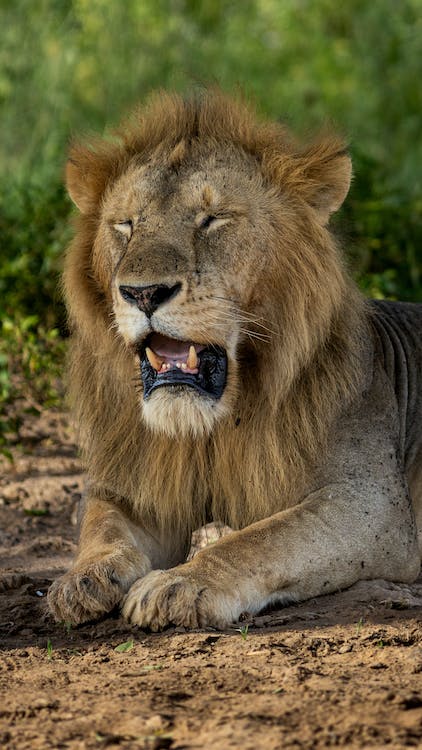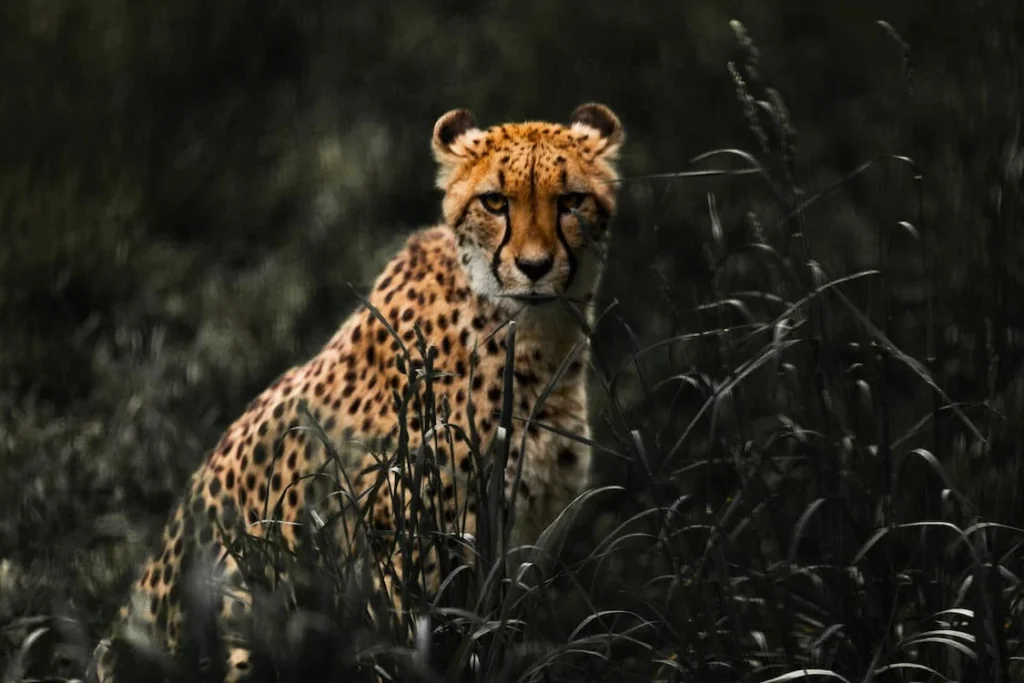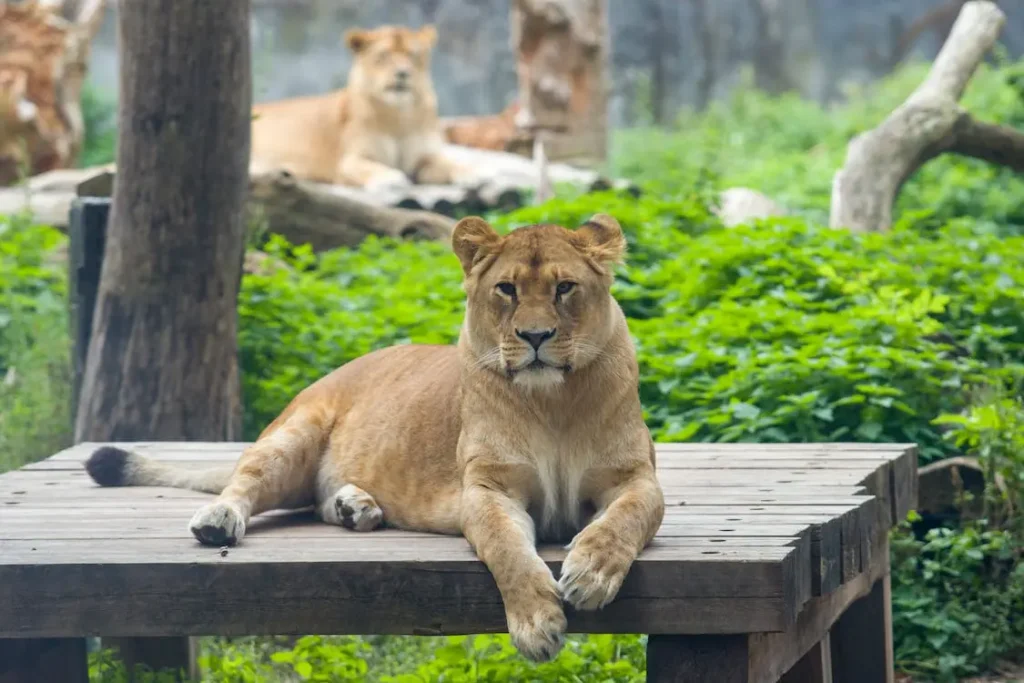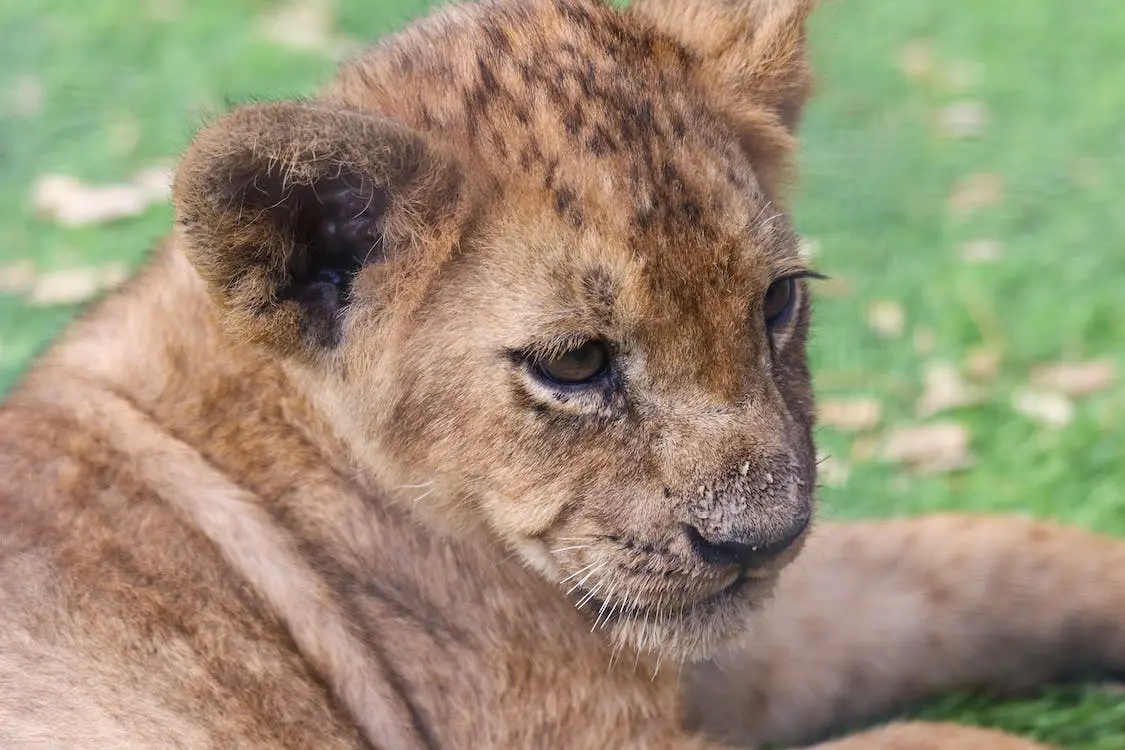Big cats have captivated human imagination for centuries, with their regal appearance, unmatched strength, and elusive nature.
From the graceful leopards to the powerful tigers, the world is home to a variety of magnificent big cat breeds.
In this article, we will explore the top 10 big cat breeds, delving into their unique characteristics, habitats, and the importance of conservation efforts to protect these awe-inspiring creatures.
Bengal Tiger (Panthera tigris tigris):
The Bengal Tiger, with its striking orange coat adorned by dark stripes, is the most numerous tiger subspecies.
Native to the Indian subcontinent, it is a symbol of power and strength. Sadly, habitat loss and poaching have significantly reduced its population, making conservation crucial for their survival.
African Lion (Panthera leo):

Known as the “King of the Jungle,” the African Lion is one of the most iconic big cat breeds. Found in various parts of Africa, this social feline lives in prides, where the females hunt cooperatively while the males protect the territory.
Due to human-wildlife conflicts and habitat fragmentation, lion populations have been declining, urging conservation initiatives to ensure their preservation.
Siberian Tiger (Panthera tigris altaica):
The Siberian Tiger, also known as the Amur Tiger, is the largest and heaviest cat in the world. Their thick fur helps them endure harsh Siberian winters, where they roam the forests seeking prey.
Unfortunately, they are critically endangered due to poaching for their body parts and habitat loss.
Jaguar (Panthera onca):
With its stunning golden coat covered in beautiful rosettes, the Jaguar is a native of the Americas, found in rainforests, swamps, and grasslands.
As an apex predator, they play a crucial role in maintaining the ecological balance. However, illegal hunting and habitat destruction threaten their existence.
Cheetah (Acinonyx jubatus):

Renowned for its unmatched speed, the Cheetah is the fastest land animal on Earth. Living primarily in sub-Saharan Africa, they have a slender build and distinctive black tear marks on their faces.
Their population is declining due to habitat loss and poaching, emphasizing the need for conservation efforts.
Snow Leopard (Panthera uncia):
The enigmatic Snow Leopard is an elusive creature that roams the rugged mountain ranges of Central and South Asia.
Their pale gray coat with black spots and thick fur helps them blend into the snowy landscapes. Sadly, they are endangered due to illegal poaching and the illegal trade of their pelts and body parts.
Leopard (Panthera pardus):
The Leopard is a highly adaptable big cat found in a wide range of habitats across Africa and parts of Asia. Their iconic golden coat covered in black rosettes provides excellent camouflage for hunting.
Despite their adaptability, they face threats from habitat loss and poaching.
Cougar (Puma concolor):
Also known as the Mountain Lion or Puma, the Cougar is native to the Americas. Unlike other big cats, they don’t roar but instead communicate with a variety of vocalizations.
Their population has declined due to human encroachment on their habitats and conflicts with livestock.
Asiatic Lion (Panthera leo persica):

The Asiatic Lion is a subspecies of lion that once roamed across Southwest Asia. Today, it is confined to the Gir Forest in India, making it one of the rarest big cats.
Conservation efforts have been successful in protecting this subspecies, but continued efforts are necessary for its long-term survival.
Clouded Leopard (Neofelis nebulosa):
The Clouded Leopard is a unique big cat found in the dense forests of Southeast Asia. Their striking coat, covered in cloud-like patterns, provides excellent camouflage.
Although relatively lesser-known than other big cat species, they face threats from habitat loss and poaching.
Conclusion:
Big cats represent the epitome of nature’s elegance and strength, yet their existence is threatened by various human-induced factors.
Conservation initiatives, habitat preservation, and anti-poaching efforts are crucial to ensuring the survival of these magnificent felines for generations to come.
By understanding and appreciating the beauty and significance of each big cat breed, we can strive to protect them and preserve their rightful place in the wild.

